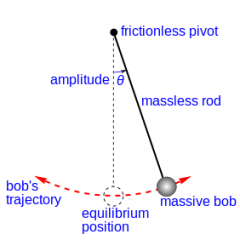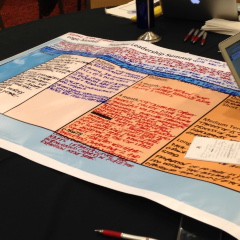Of the lessons I learned about classroom behavior management over the years, the one that has had the greatest payoff is my realization that the behavior a student presents is less important to address than the conditions which precipitate that behavior.
In other words, if Johnny is acting out in class all the time, I could perpetually redirect him, eventually punish him, and finally succeed in getting him to be quiet. A better approach, however, would be to deeply consider what conditions are causing Johnny to act out all the time, and then address those conditions, or help Johnny be better at coping with those conditions.
Treating the action has the potential to shut Johnny down (which in the moment, may appear to be the goal). Treating the conditions helps create the new conditions wherein Johnny might succeed.
When I read recently that during a work session our legislature had been briefed on the growing teacher shortage state- and nation-wide, which included discussion about promising practices in recruiting and training new teachers, I immediately thought of classroom management.
Disturbingly, this discussion referenced ways to “make it easier” for people to get on the pathway toward becoming a teacher. (Seriously, it is not that hard to become a teacher when we think of “become” as “get a job as.” It’s just that no one in their right mind wants to do it anymore. Let’s pause and think about the consequences of easier paths to teaching for a second: If we draw a pool of applicants who make their decision to become teachers because it was easy to become a teacher, what will happen when they face the incredibly hard work of actual teaching?)
Making it easier for people to become teachers doesn’t solve the problem.
Providing alternative pathways to certification doesn’t solve the problem.
Districts actively recruiting undergrads or setting up university partnerships doesn’t solve the problem.
We need to directly and boldly address the conditions that have created turnover and the teacher shortage. If we do not, the problem will not go away: Instead, we will perpetually rotate through failed solutions, always blaming the solution for being the wrong answer when in reality we’re answering the wrong question.
Here is what I believe has created the teacher turnover and teacher shortage problem. Unless these get fixed, it won’t matter how we recruit, how easy we make it to get a teaching license, or what partnerships schools and universities try to cultivate.
Our real problems: Continue reading


 .
.



